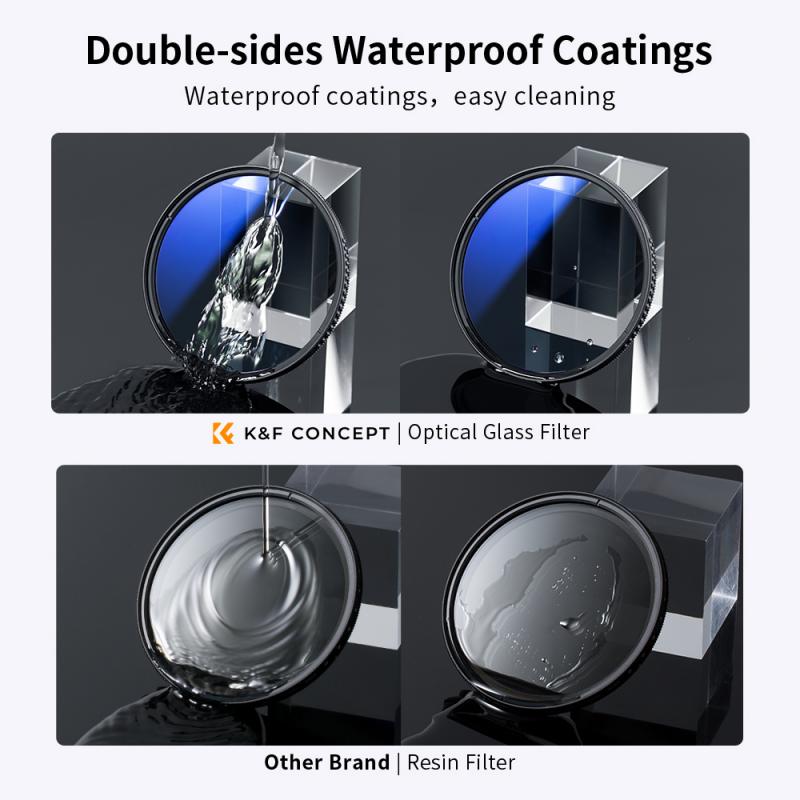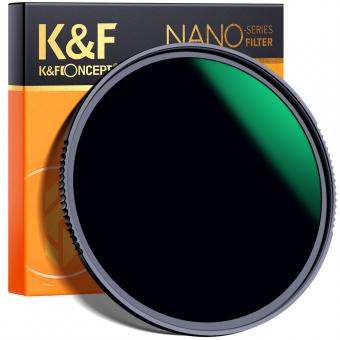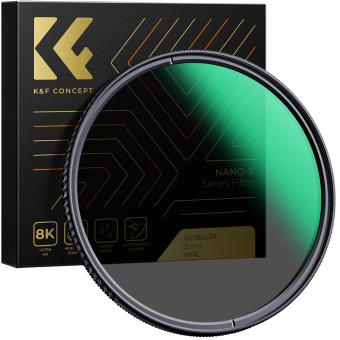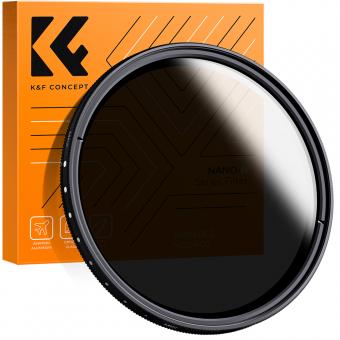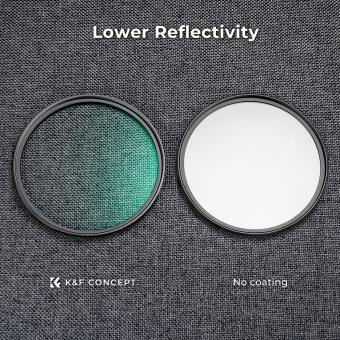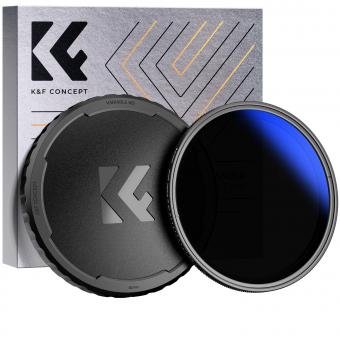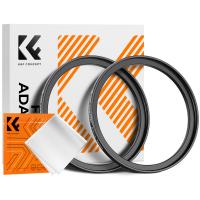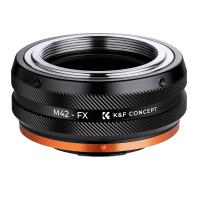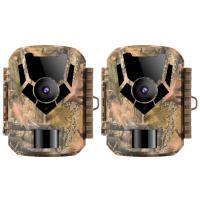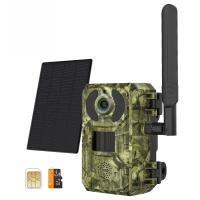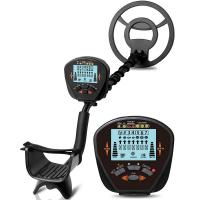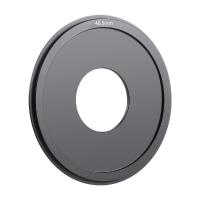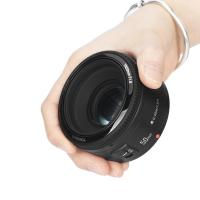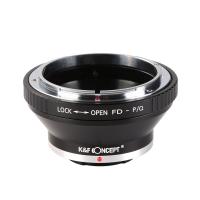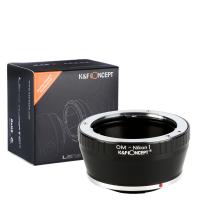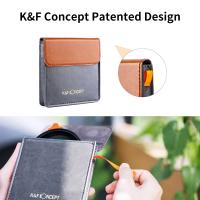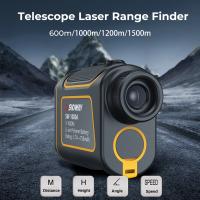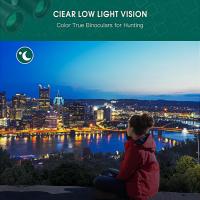What Size Nd Filter ?
The size of an ND filter depends on the diameter of the lens you are using. You will need to purchase an ND filter that matches the filter thread size of your lens. This information can usually be found on the front of the lens or in the lens manual. Common filter thread sizes include 52mm, 58mm, 67mm, 77mm, and 82mm. It is important to choose the correct size to ensure that the filter fits securely on your lens and does not cause any vignetting or other issues.
1、 ND filter types and their uses
ND filters, or neutral density filters, are essential tools for photographers and videographers who want to control the amount of light entering their camera lens. These filters come in different sizes and types, each with its own unique uses.
The size of an ND filter refers to its diameter, which should match the diameter of the lens you are using. Common sizes include 52mm, 58mm, 67mm, 77mm, and 82mm. It's important to choose the right size to ensure that the filter fits securely on your lens and doesn't cause any vignetting or other issues.
As for the types of ND filters, there are several to choose from, including:
1. Fixed ND filters: These filters have a set amount of light reduction, such as 3 stops or 6 stops. They are ideal for situations where you need a consistent level of light reduction.
2. Variable ND filters: These filters allow you to adjust the amount of light reduction by rotating the filter. They are great for situations where the lighting conditions are constantly changing.
3. Graduated ND filters: These filters have a gradient of light reduction, with one end being darker than the other. They are ideal for landscape photography, where you need to balance the exposure of the sky and the foreground.
4. Reverse ND filters: These filters have a stronger light reduction in the center, gradually becoming lighter towards the edges. They are ideal for sunrise and sunset photography, where the sun is at the horizon.
In recent years, there has been a growing trend towards using high-density ND filters, such as 10-stop or 15-stop filters. These filters allow photographers to create long exposures even in bright daylight, resulting in stunning images with motion blur effects.
Overall, the size and type of ND filter you choose will depend on your specific needs and shooting conditions. It's always a good idea to have a variety of filters on hand to ensure that you can capture the perfect shot in any situation.

2、 Choosing the right ND filter strength
Choosing the right ND filter strength is crucial for achieving the desired effect in your photography. ND filters, or neutral density filters, are used to reduce the amount of light entering the camera lens without affecting the color or contrast of the image. This allows for longer exposure times, which can create stunning effects such as motion blur in waterfalls or silky smooth clouds in the sky.
The strength of an ND filter is measured in stops, with each stop representing a halving of the amount of light entering the lens. Common strengths include ND2 (1 stop), ND4 (2 stops), ND8 (3 stops), ND16 (4 stops), and ND32 (5 stops). The strength you choose will depend on the lighting conditions and the effect you want to achieve.
For example, if you are shooting in bright sunlight and want to use a wide aperture for a shallow depth of field, you may need a stronger ND filter such as ND8 or ND16 to avoid overexposure. On the other hand, if you are shooting in low light conditions and want to use a longer exposure time, a weaker ND filter such as ND2 or ND4 may be sufficient.
It's important to note that the latest point of view on ND filters is that they are not always necessary. With the advancements in camera technology, many cameras now have built-in ND filters that can be activated in-camera. Additionally, some photographers prefer to use post-processing techniques to achieve similar effects without the need for an ND filter.
In conclusion, choosing the right ND filter strength is important for achieving the desired effect in your photography. However, it's important to consider the lighting conditions and the latest advancements in camera technology before deciding whether or not to use an ND filter.
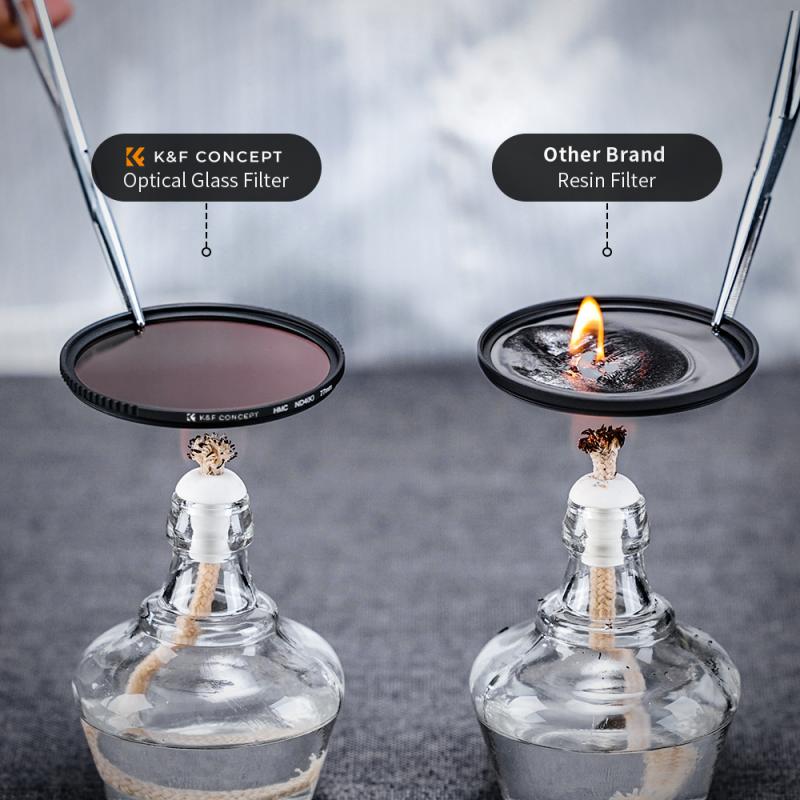
3、 ND filter size compatibility with lenses
ND filters are essential tools for photographers and videographers who want to control the amount of light entering their camera lens. They are particularly useful in bright outdoor conditions, where the amount of light can cause overexposure and washed-out images. When choosing an ND filter, it is important to consider the size compatibility with your lenses.
The size of an ND filter refers to the diameter of the filter thread, which is usually measured in millimeters. Most lenses have a filter thread size printed on the front of the lens or in the user manual. It is important to choose an ND filter that matches the filter thread size of your lens to ensure a proper fit.
ND filters are available in a range of sizes, from small 37mm filters for compact cameras to large 150mm filters for professional lenses. Some manufacturers also offer step-up or step-down rings that allow you to use a filter with a different thread size than your lens.
It is important to note that not all lenses are compatible with ND filters. Some lenses, particularly wide-angle lenses, may produce vignetting or dark corners when using certain ND filters. It is recommended to research and test different ND filters with your specific lens before making a purchase.
In recent years, there has been a trend towards using larger ND filters, such as 100mm or 150mm, with adapter rings to fit different lens sizes. This allows for greater flexibility and reduces the need to purchase multiple filters for different lenses. However, it is important to ensure that the adapter ring is compatible with your lens and does not cause any vignetting or image quality issues.
Overall, when choosing an ND filter, it is important to consider the size compatibility with your lenses and to research and test different options to ensure the best results.
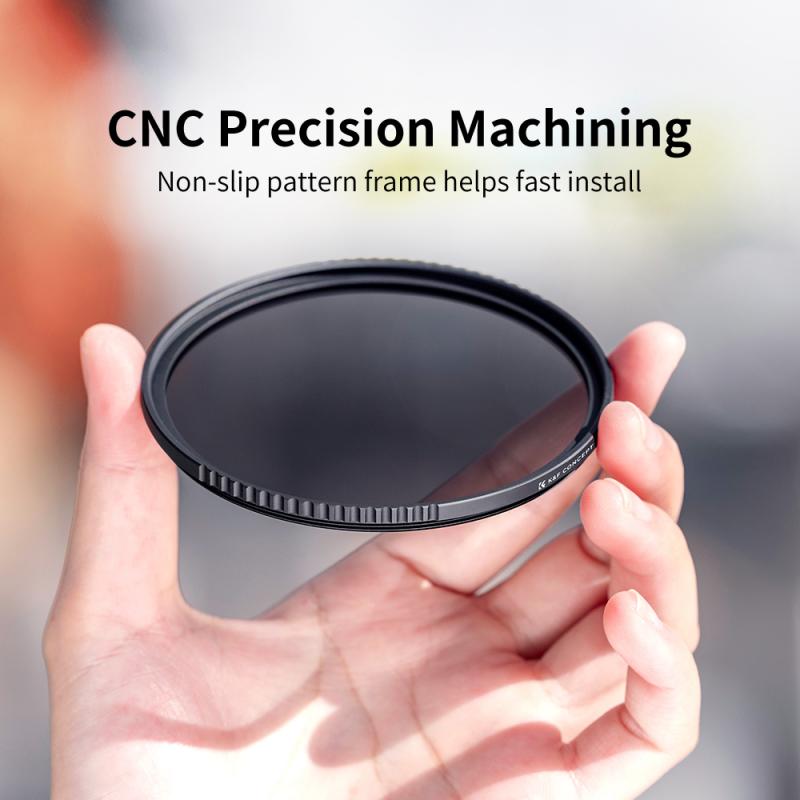
4、 ND filter material and quality
What size ND filter you need depends on the size of your lens. Most lenses have a filter thread size indicated on the front of the lens, and you can purchase an ND filter that matches that size. However, if you have multiple lenses with different filter thread sizes, you may want to consider purchasing a larger ND filter and using step-up rings to adapt it to your smaller lenses.
When it comes to ND filter material and quality, there are a few things to consider. First, you'll want to choose a filter with a neutral color cast, meaning it doesn't add any unwanted color to your images. Second, you'll want to choose a filter with high-quality glass or resin to ensure that it doesn't degrade the sharpness or clarity of your images. Finally, you'll want to choose a filter with a high enough density to achieve the desired effect. ND filters come in a range of densities, from 1-stop to 10-stop or more, and the density you choose will depend on the amount of light you want to block and the effect you want to achieve.
In recent years, there has been a trend towards using variable ND filters, which allow you to adjust the density of the filter by rotating it. While these filters can be convenient, they can also introduce some issues with color cast and image quality, so it's important to choose a high-quality variable ND filter if you decide to go that route.
